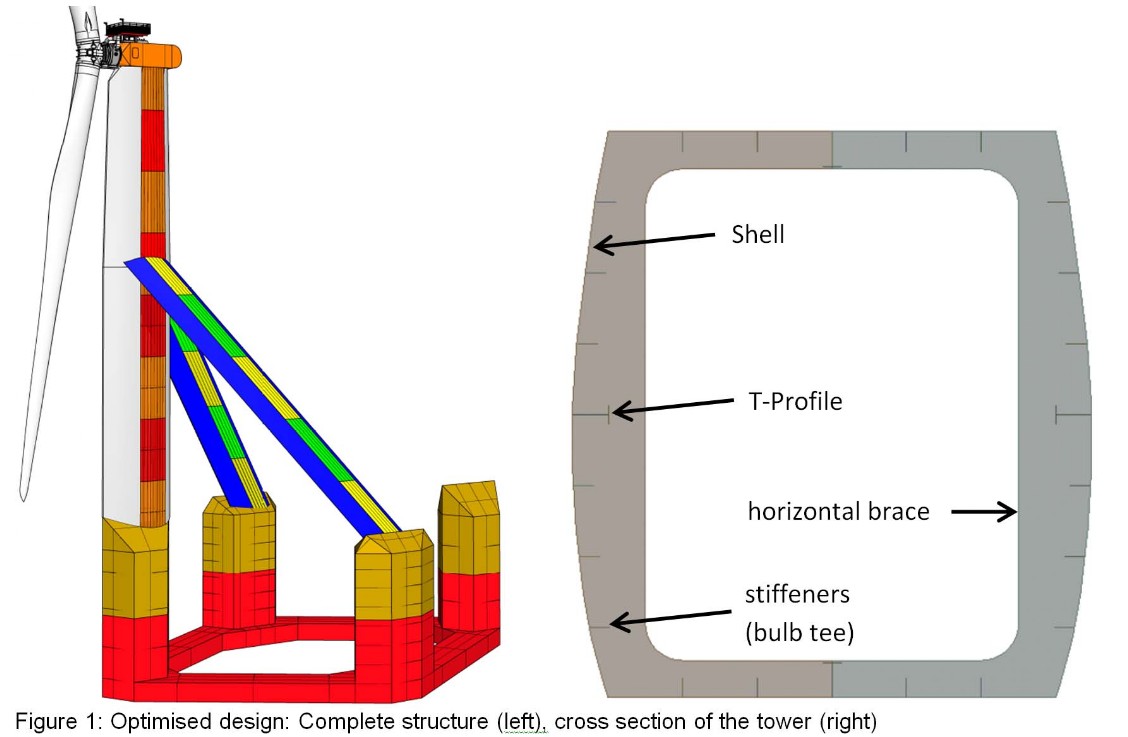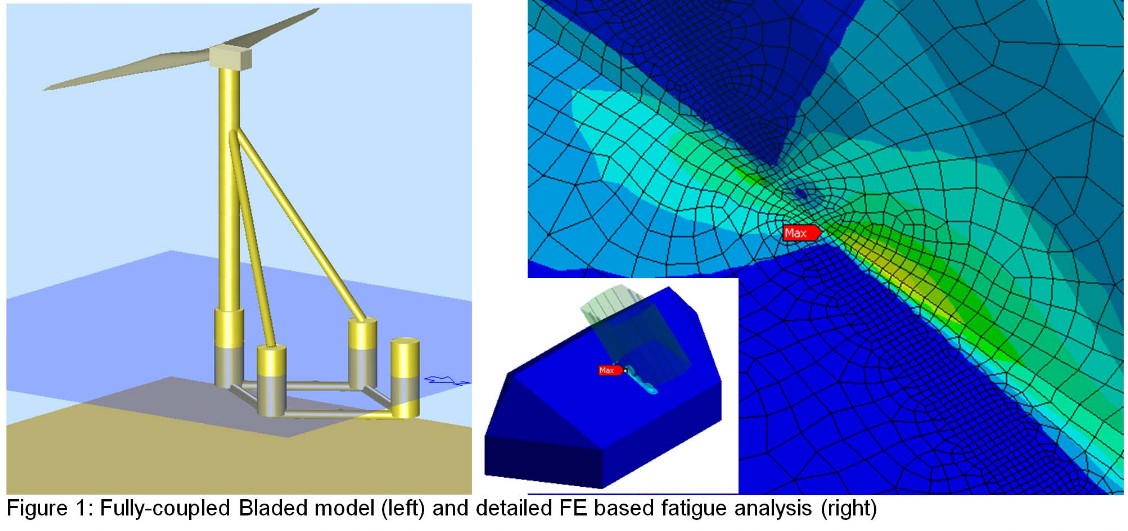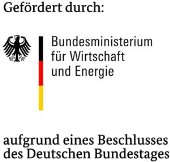J-B-O

Presentation of the research project DESPOW "Design development of a floating platform for a self-aligning offshore wind turbine" in the joint project HyStOH "Hydrodynamic and structural optimization of a semi-submersible for offshore wind turbines"
Dr. Gerrit Haake, Jörss – Blunck – Ordemann GmbH
The Jörss –
Blunck – Ordemann GmbH (JBO) participates with the project DESPOW in the
R&D consortium HyStOH. HyStOH is dealing with the development of a self-adjustable
semi-merged floating wind turbine where JBO takes the part of designing a
support structure for the wind turbine by using shipbuilding principles.
The idea of
using shipbuilding principles is to reduce the steel weight and fabrication
cost of the support structure due to high rate of automatization of the fabrication
process and good availability of facilities. Furthermore the support structure
is intended to assist with the self-adjustment of the rotor.
Based on
aerodynamic requirements regarding self-adjustment the tower is located on the
lee-sided floating body supported by two struts to the middle buoys. The
rotating and anchor point is on the luv side leading to a maximum lever arm for
rotating the turbine in the wind. On top the tower and struts are designed as
asymmetric profiled cross sections to optimize the aerodynamic behavior. Only a
stiffened box is used for the structural design while the leading and trailing
edge is attached without load-carrying function.
The basic
requirement to design the floating wind turbine for fabrication in standard
ship manufacturing processes is a new challenge to the structural design. The
loads occurring for a ship and for a wind turbine in power production are
highly different for extreme loads and cyclic damage accumulation. For a
fabrication of the wind turbine support structure with the methods of ship
manufacturing processes different compromises according to material thickness
and fabrication processes have to be discussed.
Due to the
limited allowed wall thickness of the mast and the struts the structure is predestined
for buckling. Different sized stiffener elements in longitudinal and horizontal
direction have been optimized in number and dimensions with the purpose to
reduce the weight of the structure. The result is shown in Figure 1.

Regarding fatigue verification there are several standard details of connection points of T-profiles and bulb tees which are well-known from the ship industry. Fatigue-friendly details of the geometry can lead to a reduction of factor 3 or more in the stress concentration factors (SCF). Especially the connections of the tower and struts to the floating bodies where the stresses are stepwise transferred to the floater need to be designed with care. To cover all relevant aspects of aerodynamics, wave movement and anchors system, the loads need to be analysed in a fully-coupled model.

